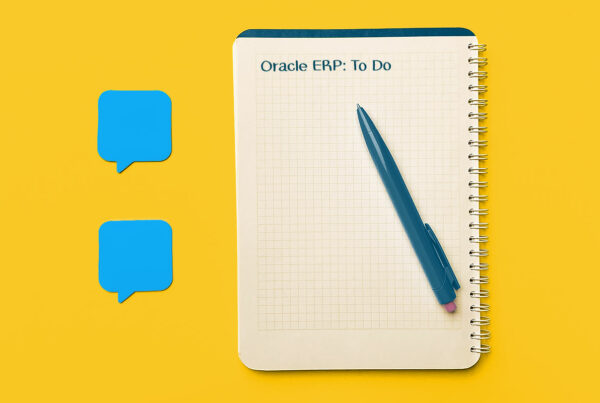Mainframes, Databases and Enterprise Data Warehouses—for as long as we’ve been collecting digital data, we’ve been looking for effective ways to access and report on it. It’s how we learn about, adapt and ultimately change our businesses. Businesses are born out of blood, sweat and tears, but they thrive on the intelligence acquired along the way. In today’s data-rich environment, where that intelligence is crucial to success, data crunching and analysis are demanded before we’ll make major (or minor) decisions; often creating a paralysis in progress and innovation. If it can’t be tracked, reported on and given an ROI or risk rating, it won’t be acted on.
All this intelligent business management is great, even necessary, but not every organization has the freedom and flexibility to be “entrepreneurial” or operate by gut instinct. The challenge for many companies is the enormous cost and effort associated with centralizing data into a unified format. Without investing swathes of time and money on centralization and reporting capabilities, companies ultimately possess old and rigid data that only gives a portion of the picture they’re looking for.
If you’re not part of the business intelligence community, here’s the quick 101 on a Data Warehouse. Organizations often use several dispersed software solutions to drive their business operations. Each night, the data from each of those systems has to be copied, formatted and inserted into a large database that is used as a central repository for each functional area’s data. A reporting tool can then access the centralized data to build and generate intelligence that helps drive business operations. The major downsides to a data warehouse model are that the data is typically 24 hours behind your business, any change to your business systems means a change to the data warehouse and if data loads break, so does your reporting. The result is a heavy burden of time, maintenance and resources.
20 years ago, in an effort to streamline data, operations and reporting, the world was abuzz with Enterprise Resource Planning (ERP). This fully integrated software solution promised to drive every element of your business and allow you to work more effectively and make decisions faster. IT DID! At it’s core ERP was great, finally allowing organizations to work on a fully integrated data platform. Reporting was dynamic and in real-time because it worked against a single database with unified data formats. With enough report server horsepower, you could crunch data all day long.
The challenge for ERP providers was to accommodate the business processes and unique intricacies of every industry and it’s been an almost impossible task to achieve. Over the last 10 years, we’ve seen ERP solutions give way to best-of-breed Software as a Service (SaaS) solutions, designed to help solve the specific challenges of an organization. This was a huge win for individual functions of the business that now have solutions tailored to their specific requirements. By combining several of these SaaS solutions together, organizations have created hybrid solutions to run their business in a way that worked well for both the company and the industry. The unintended consequence was that organizations once again had their data dispersed not only throughout several software solutions, but physically all over the world, because SaaS data is stored in the software provider’s data center.
The good news is that there’s a new strategy to solve this decades-long challenge of dynamic, real-time business intelligence and master data management. One that doesn’t involve Data Warehouses or static data sources, but rather dynamic real-time reporting and intelligent business management. Integration Management Services is a strategy that allows business to react within minutes instead of days and change the way they operate against a data-driven model.
The concept is simple. Deploy an intelligent platform that manages the integrations and mappings of each system used within an organization and develop workflows on the platform to manage data flow and synchronizations. The center of your environment becomes the integration hub which manages access to the data, instead of being a data repository that has to manage copies of data. The end result is a hub which can be connected to a reporting tool that now access all of an organization’s data in real-time, while keeping the data at the source of truth, with no extra copies of information that have to be constantly synchronized. These integration platforms provide the sustainability and flexibility to handle the largest and most complex environments used today.
While software solutions have come a long way since ERP first hit the market, the issue of data centralization has persisted. However, we are on the cusp of a large shift in the way we use and look at data, and Integration Management Services is the first step towards capitalizing on the decentralization of data to empower your company like never before.
Interested in learning more about the next wave of innovative solutions? Click on the links below to register for our March 2nd Webinar – “Enterprise Mobility: Looking Beyond the Cloud,” and download our White Paper – “Stay Nimble, Stay Informed, and Start Now: Choosing the Right Mobile Strategy.”





